Today, we’re taking a look at the Hummingbird. The myths, mythology, folklore and as a spirit animal. This is a bird pretty much everyone has heard of, all over the World but most haven’t seen.
As you may know, Hummingbirds are the smallest of all birds. The bee hummingbird of Cuba is only 5 centimetres from the beak to the end of its tail. They’re not only beautiful, but they’re also special in many other ways.
- They can fly backwards, hover up and down, turn on a dime, and go from flying full speed to a full stop.
- Their wings can beat anywhere from 12 to 200 beats per second, which is where the humming sound comes from.
- They have the smallest eggs of all birds measuring less than 1/2 inch but the egg can be as much as 1/10 of the mother’s weight at the time they’re laid.
- Roughly 1/4-1/3 of their weight is in their pectoral muscles.
- Their forward flight speed is around 48 kph/30 mph but they can reach up to 96 kph/60 mph in a dive.
- They can go into a hibernation-like state (torpor), which allows them to conserve their energy when food is scarce or while they sleep.
- They’re able to determine the amount of sugar in the nectar and they have a bit of a sweet tooth so they prefer not to drink any nectar that has less than 10 % sugar content. Nectar doesn’t cover their nutritional needs completely, so they snack on insects and spiders as well.
There are more than 325 unique species in the world. Eight of these breed in the United States, though some others visit the country. Most of the species are tropical and don’t normally migrate. They’re found in Central and South America as well as throughout the Caribbean area.
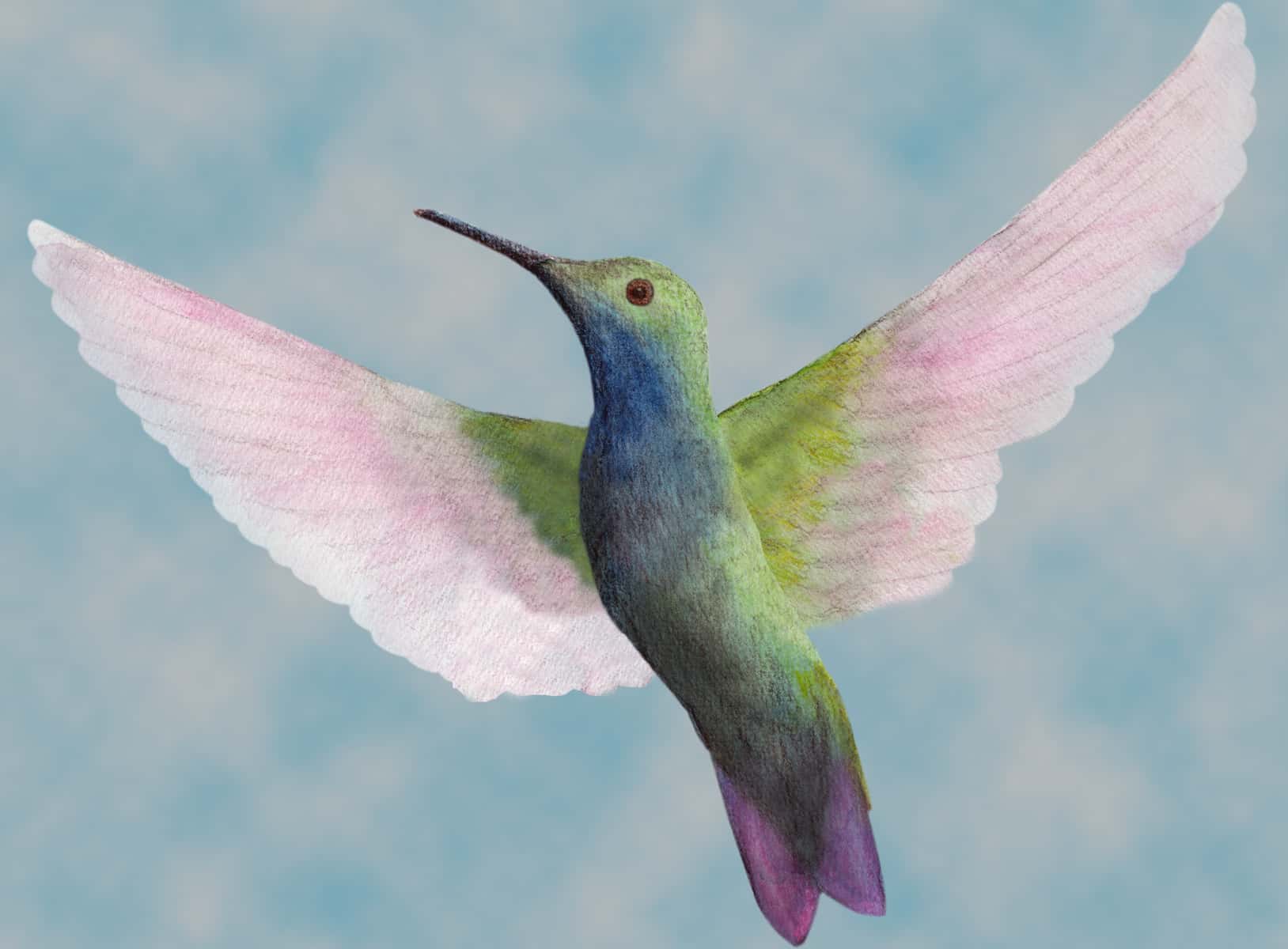
Modern myths about the Hummingbird
“They hitch a ride with larger birds”
The ruby-throated hummingbird flies 500 miles nonstop across the Gulf of Mexico on its migrations. They don’t “ride” on the back of other birds – they fly completely on their own. Before migrating, they fatten up to have enough energy for the flight, and migratory birds do.
“They sip nectar through a strawlike tongue”
Ther tongues are shaped like a W with twin canals. The tip has a forked end with featherlike edges which lap up the nectar. This then moves up the grooves in the tongue toward the throat through a form of capillary action. Once the nectar is partway up the tongue, they pull the tongue in and the nectar is moved into the throat.
“They only feed on red flowers”
Although they prefer red flowers, they often feed on flowers of other colours, especially in spring.
“Nectar in feeders must include red dye”
Most Hummingbird feeders red caps, bases, or floral decorations that take care of attracting them. You don’t need red dye. Adding other red things nearby (ribbons, pots, cushions, ornaments) can give the feeding some extra colour without bringing any of the potential risks of dyes.
“They have no feet or They can’t perch”
They have tiny feet and they don’t walk well, but they do perch while resting and digesting their food and they can scootch sideways when needed.
Hummingbird mythology
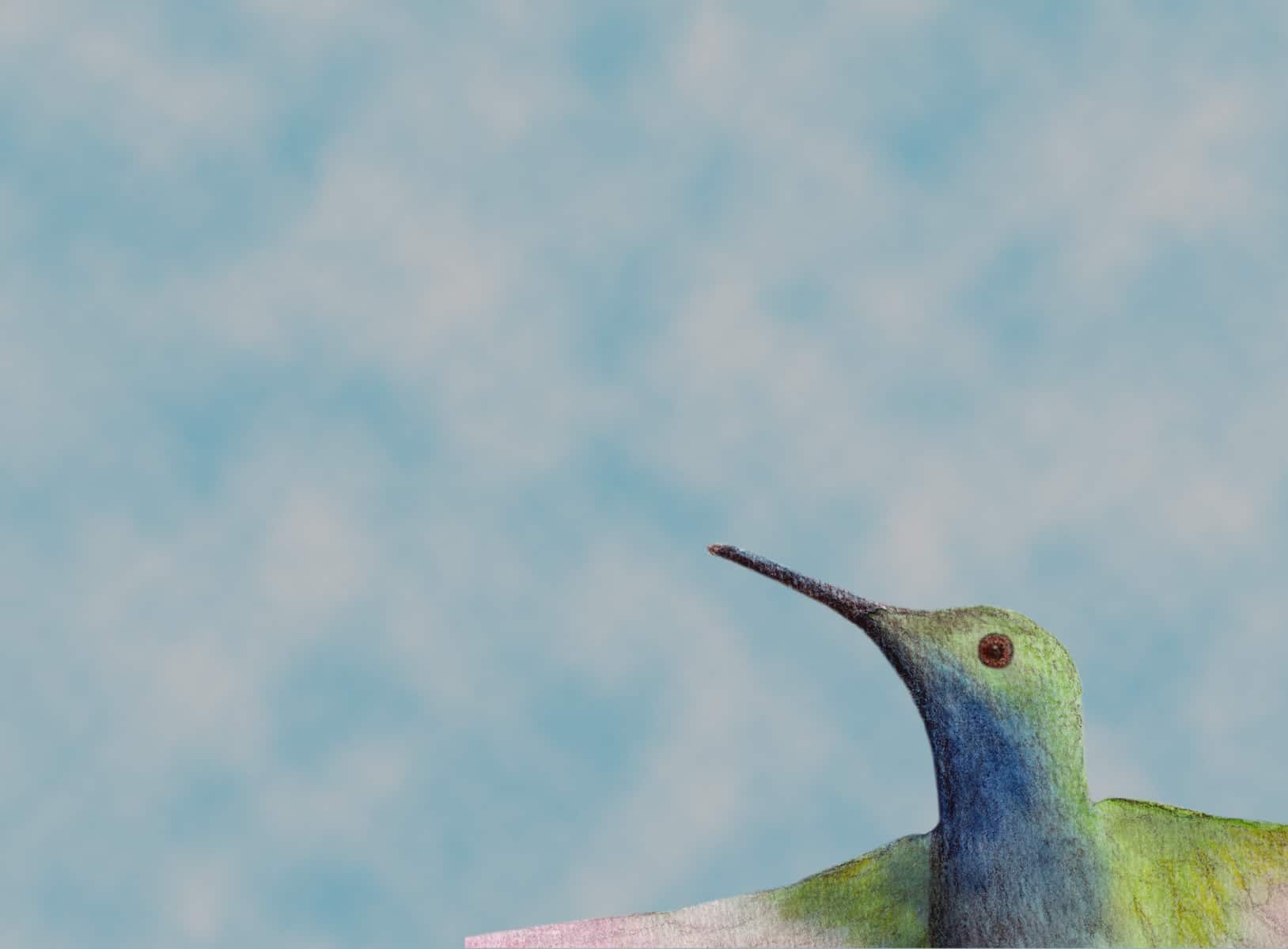
Since they only exist in the Americas, that’s where the mythology comes from.
The Aztecs had a God called Huītzilōpōchtli, which means “Hummingbird of the South”.
He was a Sun God and a God of War (among other things) and could be identified by the bracelet of hummingbird feathers he wore around his left wrist. They believed warriors would transform into hummingbirds when they died so that they could fly and join Huītzilōpōchtli.
The Mayans believed that the very first wedding performed on Earth was between two hummingbirds. They also believed that the birds were created by the Great God using the leftover feathers of all the other birds he’d made. The gods were so in love with the hummingbirds, that they held a great celebration where all the other animals were invited to honour the beauty and wit of this tiny bird.
The Taino people, who lived in the areas that we now know as Columbia, the Bahamas, and the Antilles saw the hummingbirds as a symbol of rebirth as the Aztec. The hummingbird was the symbol for the one who spread life across the world. They were a symbol of peace and protection. Interestingly, however, the Taino warriors were called Calibri Warriors, or Hummingbird Warriors.
Calbri is probably where the Scandinavian name for this bird comes from. We call it Kollibri.
The people of Mexico had a myth about how a Tarascan Indian woman was taught to weave beautiful baskets by a kind hummingbird and that the baskets were used during the Day of the Dead festival.
The Jamaicans have adopted it as their national bird because of its association with beauty and peace.
The Cherokee have a legend in which the hummingbird used his speed and swiftness to grab a piece of the world’s first tobacco plant to help a medicine man heal an old woman.
The Hopi and Zuni people believed hummingbirds intervened and convinced the Gods to bring rain to humankind. Because of this, they painted water jars with images of the bird.
The people of the Caribbean thought the spirits of relatives lived on in the tiny birds.
The northern Paiute tribe has a legend that says that Hummingbird once filled his pants full of seeds and started on a journey to see what was beyond the sun. He ate only one seed a day but had to turn back because his food gave out.
In eastern Brazil, the Hummingbird is a character who hoarded water so that the people had none left until the Caingang and Botocudo Indians released it.
To the Pueblo Natives, hummingbirds carried messages of praise and requests to Mother Earth for the shamans.
Hummingbird folklore
Hummingbirds have a long history of folklore and symbolism among the native cultures in the areas where they exist.
The Aztecs saw them as messengers between them and their ancestors or the gods.
In Indigenous North American culture, hummingbirds are seen as healers and bringers of love, good luck and joy.
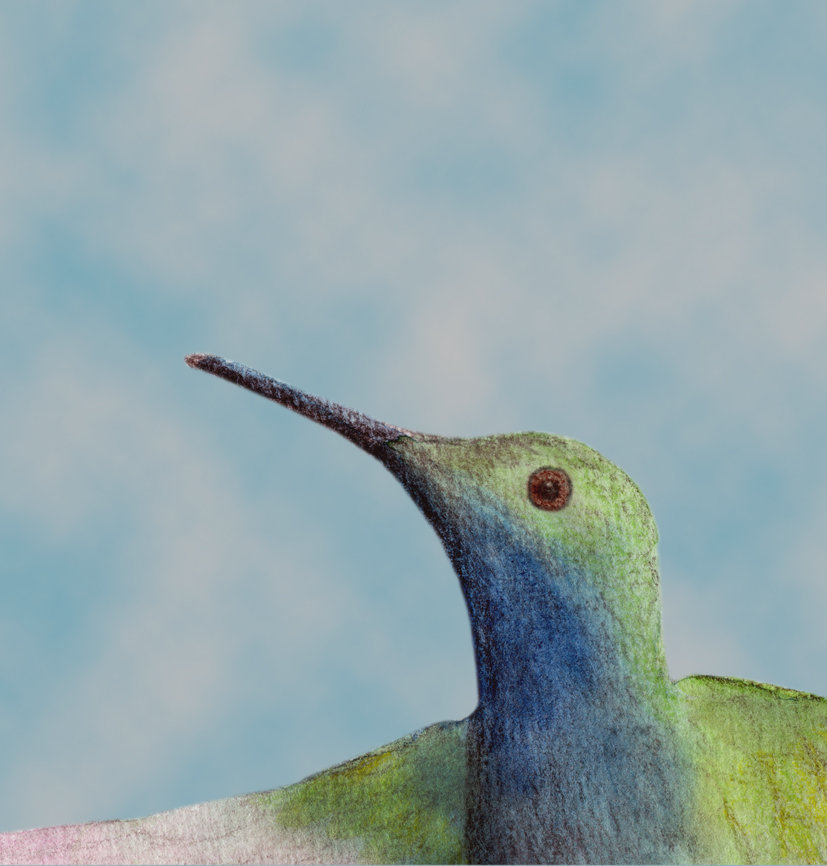
Some believe that if a hummingbird lands on you or visits your home after the death of a loved one, it is a signal that their soul is trying to reconnect with you.
The pattern created when a hummingbird flaps their wings is the symbol for infinity, which explains why some see them as a symbol of eternity, infinity and continuity. They’re also seen as symbols of persistence because they’re more or less constantly on the move, looking for nectar.
Seeing a hummingbird is seen as a sign of good luck in many Indigenous American tribes, especially on the Northwest Coast.
Seeing a hummingbird in your dreams may be a reminder to pay attention to small or budding ideas. It may also be a reminder to embrace your freedom and to trust your instincts.
A feather of a hummingbird s thought to symbolize love, beauty, and intelligence.
The Hummingbird as a spirit animal
As a spirit animal, the hummingbird means that you love celebrating the good moments of life. That you’re playful and you know how to express love fully.
You inspire others who need renewal and try to bring out the best in them. You enjoy being social and you attempt to be the centre of attention in any group. Despite being a social creature, you know where to draw the line, and you protect your personal boundaries.
You think fast and you’re quick at making decisions but before doing something, you analyze it in detail. With the amount of adaptability and wisdom you have, you can easily tackle massive problems.
Hummingbirds remind us to live in the moment and enjoy the simple pleasures of life, that joy is unpredictable and can often be found right around the corner.
They also remind us to stay adaptable and to accept the reality of change with a happy heart.
Seeing a hummingbird shows you how you can use your energy towards enjoying life to the fullest. That every challenge can be conquered easily by adopting a positive attitude. Its ability to fly backwards is a hint for you to examine a situation thoroughly, so you can move forward with a more healthy perspective.
I hope you enjoyed this roundup of the myths and symbolism of the hummingbird. If you did, please share it using the buttons below and on the left.
This is the painting I did yesterday. The other images in the post were edited from this one
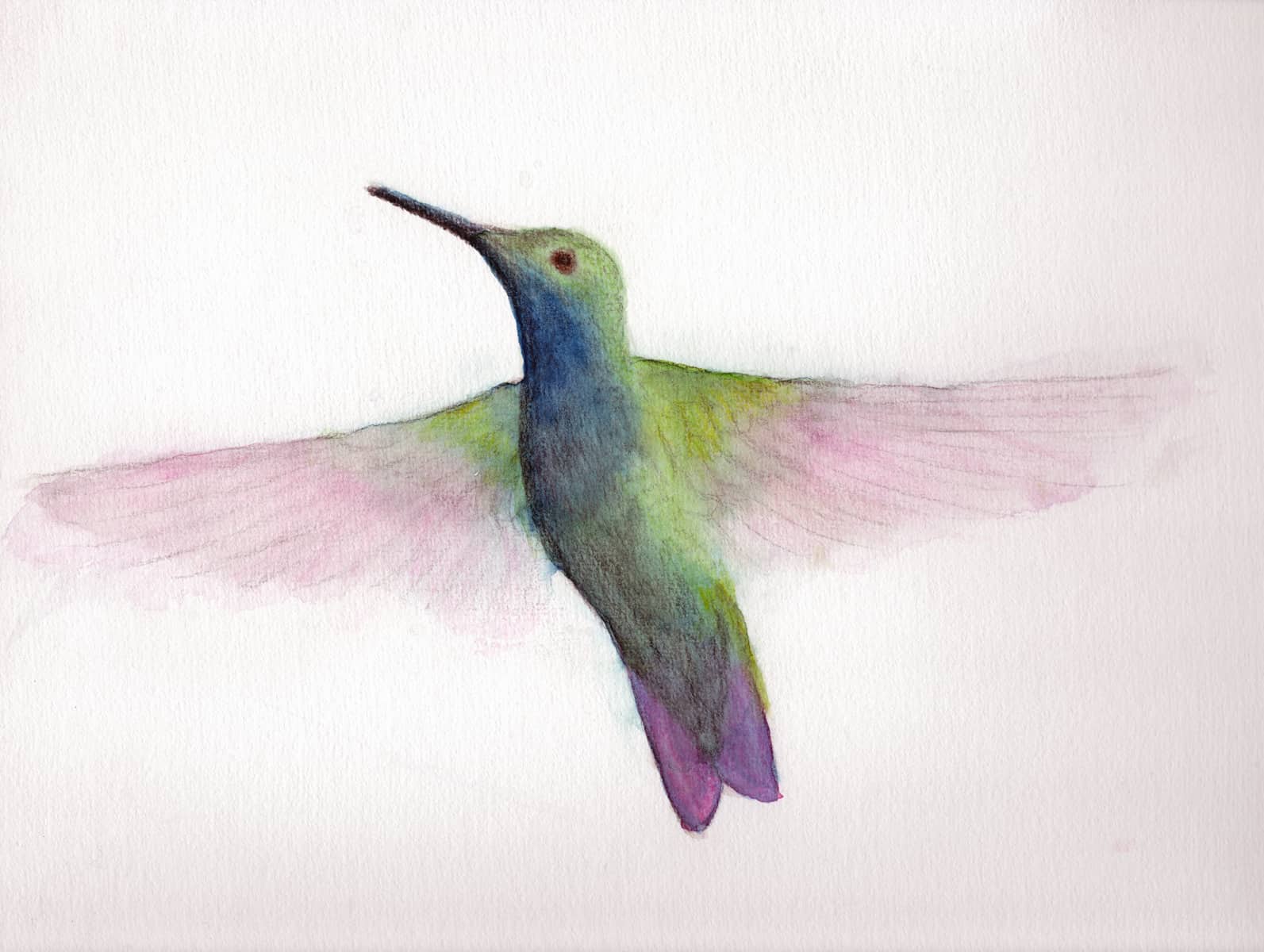
9 Comments
Leave a Reply to Teresa mason Cancel reply


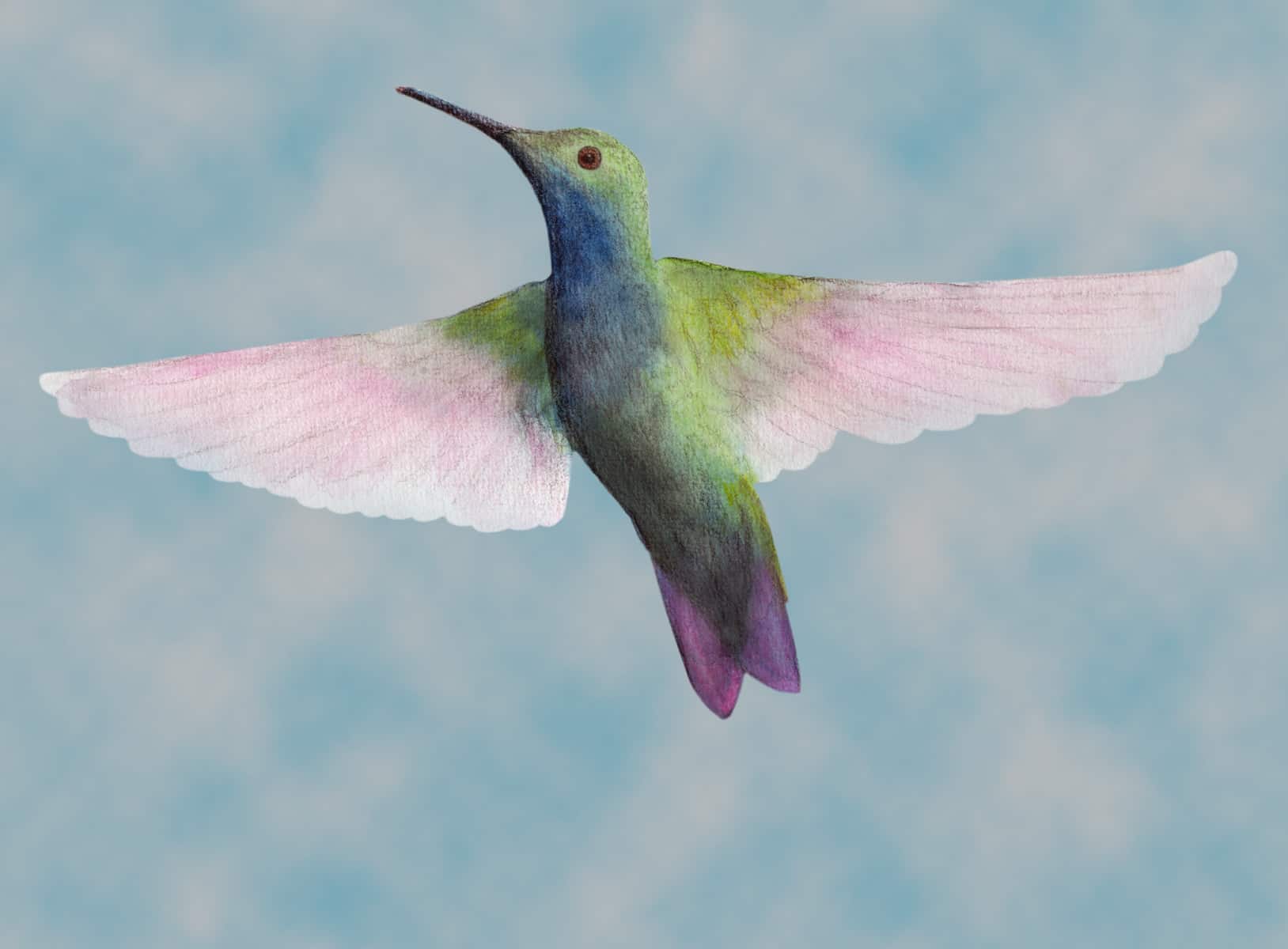


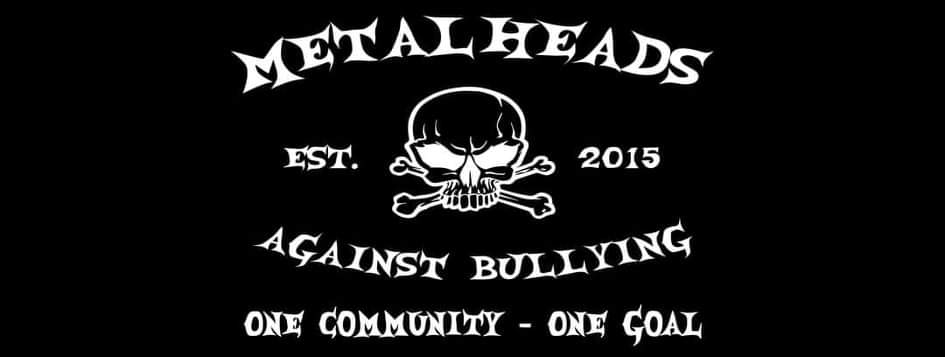


thank,you
luv the hummingbird painting,
Thanks Teresa 🙂 Happy to hear you like it
Thank you for writing this piece on hummingbirds. I enjoyed reading it!
Happy you liked it 🙂
I just bought my house and a hummingbird lives in one of my trees. She takes care of her nest with two eggs. Can’t wait till their born.
Thank you!!!
Would love to see a picture of your hummingbirds 🙂
This is very nice, but I would of love you included facts like this one: Ecuador holds the world record for the highest number of hummingbirds species, over 132 species are found here.
Also it has a very rich mythology around this bird.
I had to make it not too long. If include every fact, the rest disappears. Also, I didn’t find a resource for the mythology from Equador when researching it. Would love to hear about it
Thank you. I am a haiku poet and enjoyed reading about one of my favorite subjects.